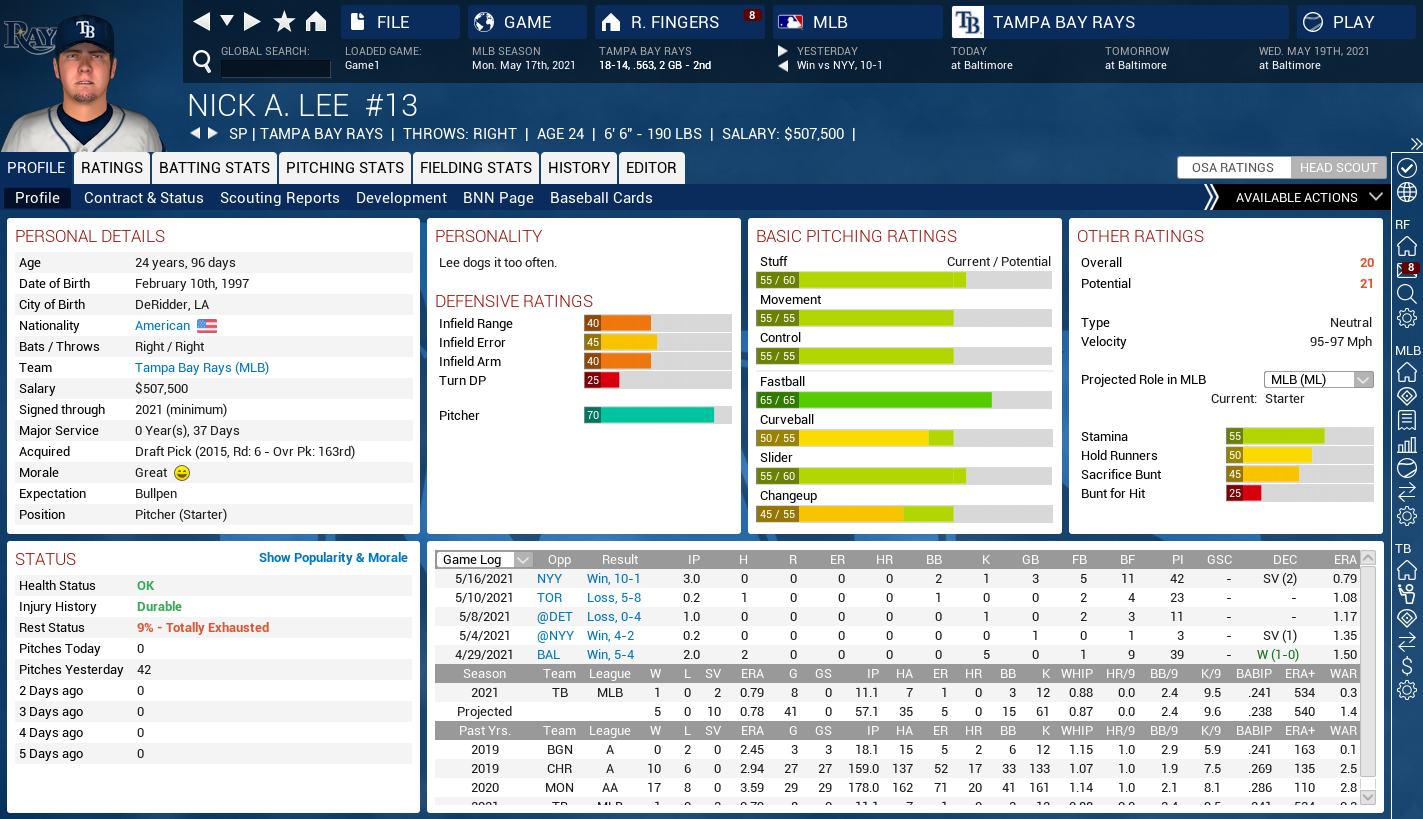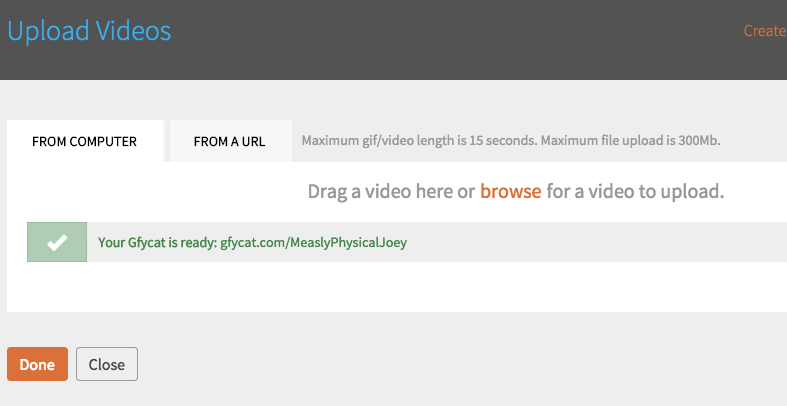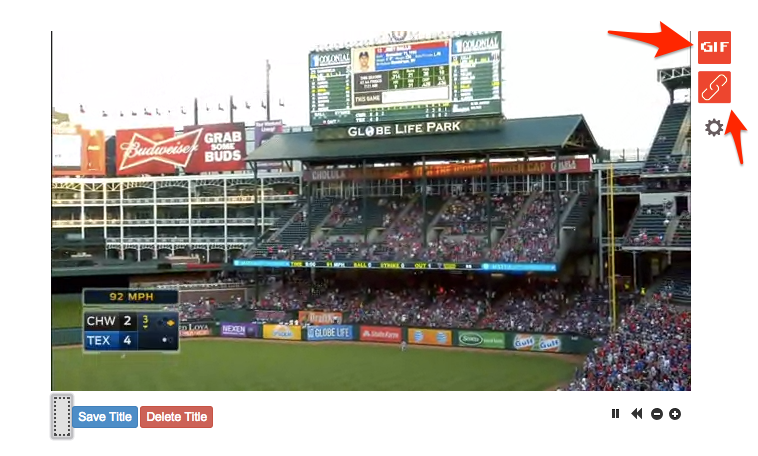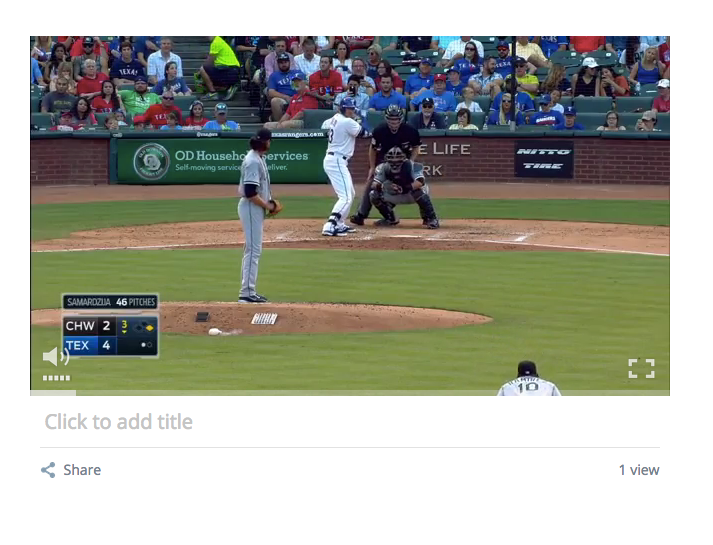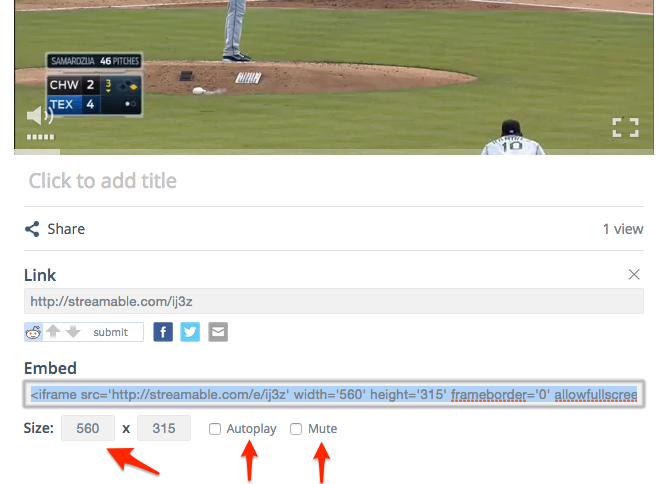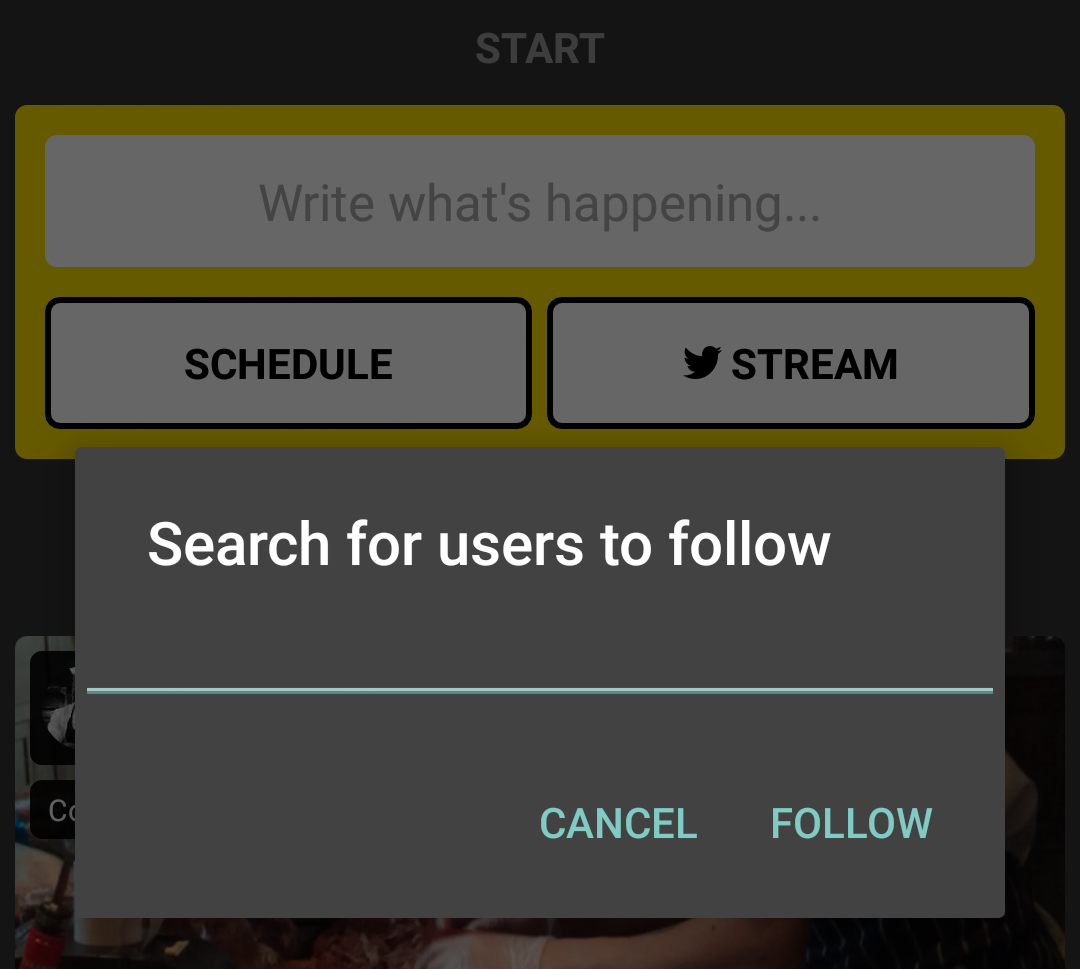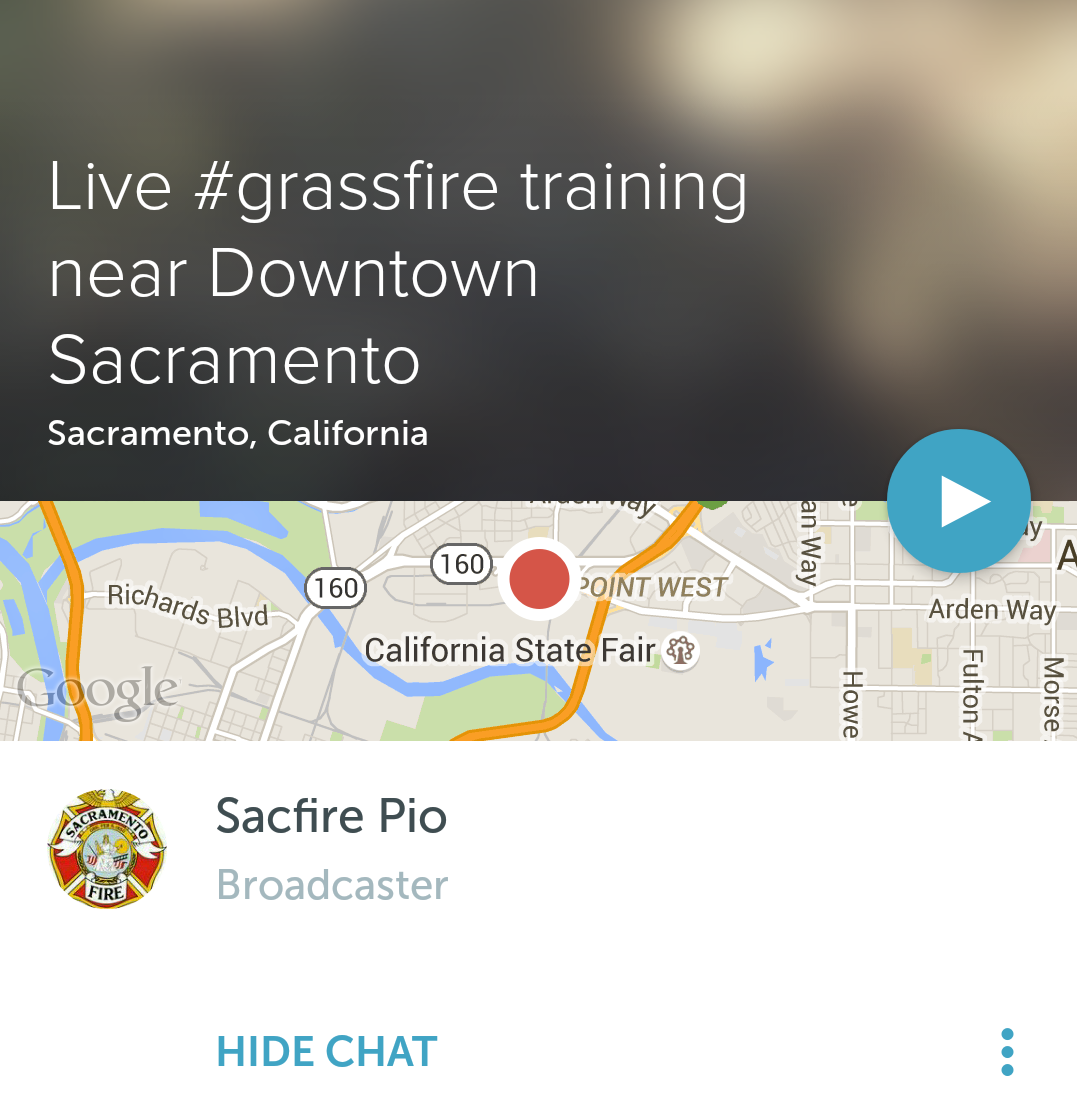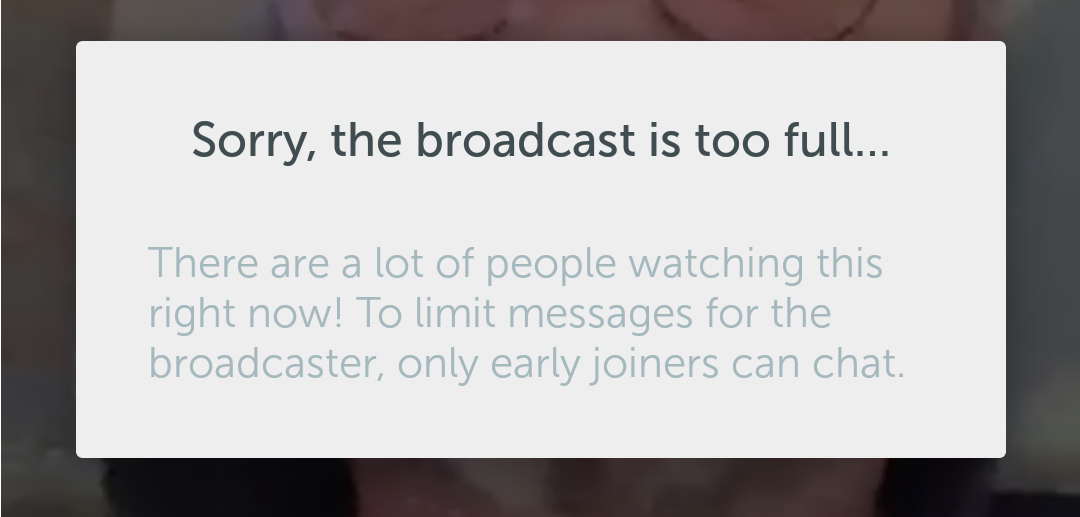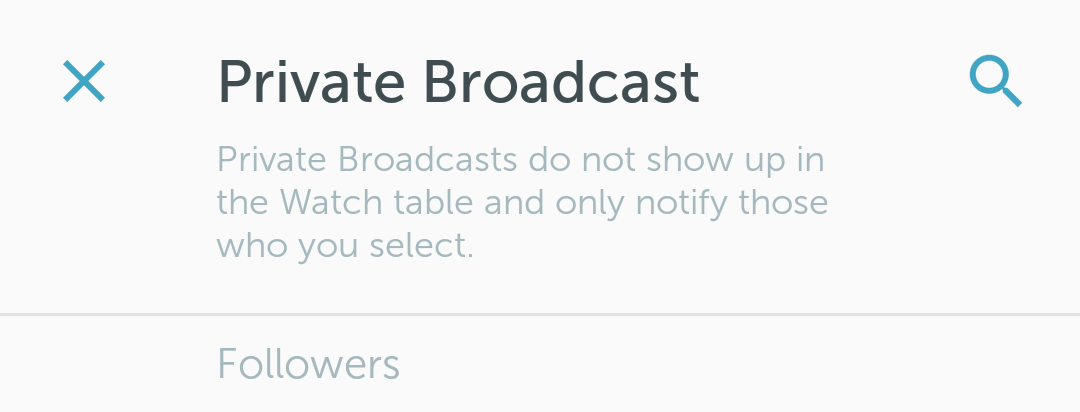OOTP Experiment — International All-Stars, Pt. 1: The Concept
Early this year, I had a well-received article at The Hardball Times, a member of TechGraphs’ family of sports websites*. In it, I put together all-star teams of major league baseball players born in different countries from the United States, with speculation on which would be the strongest clubs if they faced each other.
(* If TechGraphs is a daughter site to FanGraphs, and FanGraphs is a sister site to The Hardball Times, it thus follows that TechGraphs is THT’s niece. So enjoy this visit from your Auntie Hardball.)
I wasn’t the only person who liked that speculation. I was contacted a while later by Brad Cook with Out of the Park Developments, the sports-sim folks. He suggested that I could use OOTP 16 (recently reviewed here by Bradley Woodrum) to pit those all-star teams against each other, and produce something more concrete than informed guesswork as to who would be best.
No spoiler tags necessary: I took him up on his idea. David Temple was himself kind enough to greenlight the idea of writing up the simulated season for TechGraphs, and here I am.
My series will be in three parts. Today I’m laying out the concept, the participating nations and players, and my handicapping of their chances. Later, I’ll play out a full season with the contending teams, seeing who totally confounds my predictions, and which players do best in this higher league. The final part will be the Rest-of-the-World Series, the top two finishers playing best-of-nine for the title.
For this project, I’ve chosen the eight countries I consider the best of the internationals to square off against each other. You may refer to my original article for how I chose them as the best. You’ll also need to refer to it for the team rosters, as space considerations don’t allow me to re-list all 200 players here.
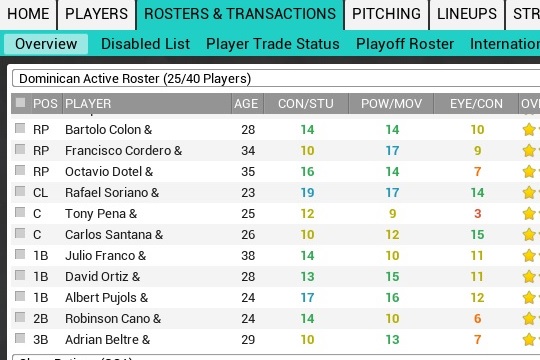
But here’s a tiny peek at the Dominicans. Ignore the ampersands. There are a few corrections I must make to those rosters. For Mexico’s team, I listed closer Joakim Soria twice; the second pitcher should instead be Luis Ayala. I also listed Tony Gonzalez twice for the Cubans; my substitution for the clone is Yoenis Cespedes. Also for Cuba, I managed to misspell Pedro Ramos’s name as “Predo.”
Yes, sometimes I can’t tell the players apart even with a scorecard.
Now for the teams themselves. I’ll give the countries, my personally chosen nicknames for the teams, plus the number of major-league players each nation has produced through 2014. (Only players who have played in MLB were eligible for my teams. Stinks if you’re Sadaharu Oh or Martin Dihigo, but I needed to compare apples-to-apples performance when making my selections.) I’ll also give capsule estimates of their strengths and failings.
In increasing order of my estimate of their team strength, here are the Elite Eight.
Panama Engineers (53):
For a small player pool, Panama has a solid front line of position players led by Rod Carew, and when they get a lead, Mariano Rivera’s there to slam the door. But the rest of their pitching is thin at best. If their rotation gets overwhelmed, they could go into a death spiral fast.
Japan Suns (61):
Japan is the reverse of Panama. Impressive starting pitching is their key strength, with capable pieces backing in the pen. However, few of their position players have crossed the Pacific, and this leaves them quite vulnerable on the infield and at catcher.
Mexico Eagles (114):
Mexico has pitching, though not with Japan’s depth, and a stronger infield. They are very lacking in power, though — their outfield being particularly punchless.
Canada Beavers (244):
An ace starter in Fergie Jenkins and ace relievers in Eric Gagne and John Axford anchor Canada’s pitching. The position players have real strengths in Joey Votto, Larry Walker, and Russell Martin, plus some holes, including a double-play combo out of the 19th century.
Cuba Mariners (186):
A deep rotation matches Japan’s, with Aroldis Chapman putting the bullpen ahead. Position players range from good to somewhere short of all-time great, with catcher maybe the only true weakness. This is the first team that feels like it could be dominant if dropped into today’s majors.
Puerto Rico Sharks (246):
The rotation is a step behind Cuba’s, the bullpen half a step back. The left half of the infield is not the strongest, but the other positions compensate amply with three Hall of Famers in Cepeda, Alomar, and Clemente. The Ivan Rodriguez/Jorge Posada duo behind the dish is easily the best in the tournament.
Venezuela Oilers (321):
Johan Santana and Felix Hernandez are a superb one-two punch, with a good back of the rotation and K-Rod closing. The infield is outstanding: Cabrera, Concepcion (moved over to second), Aparicio (which is why), and Sandoval. Outfield and catcher settle for being sneaky-good rather than shock-and-awe, but it’s still a great team.
Dominican Saints (618):
The rotation is stacked, from Pedro Martinez and Juan Marichal down to fifth starter Bartolo Colon, while the bullpen has so many good arms there is no clear closer. Three members of the infield (Pujols, Cano, and Beltre) could be going to Cooperstown, and the outfield is so stacked that Vladimir Guerrero is a sub. Leveraging its deep talent pool well, The Dominican Republic looks like the team to beat.
The tournament’s season structure will follow the style of the pre-expansion majors: eight teams in a single league, playing 154 games. I also chose to set the tournament in the year 1980, with the statistical underpinnings of that era. That year was reasonably balanced between offense and defense, without, for example, the smothered batting of the 1960s, the inflated home run figures of the turn of the millennium, or the extreme strikeout totals of today.
This means we shouldn’t expect any records from our players, with the tendencies of the league not biased toward producing 70 homers or 400 strikeouts in a year. Of course, we also shouldn’t expect such outlying numbers because this is effectively a higher league, a level of competition above what most or all of these players ever faced in real life.
The rosters are frozen with the 25 players for each team: no promotions from non-existent minors, and obviously no trades. I turned off injuries, along with suspensions and PED discipline. (Several players wipe their virtual foreheads in relief.) I want this tournament decided as much as possible by the players, not by chance.
As for the players … which versions of them will be playing? Do I go by career totals? Or do I select a specific season for each one, and which one? Will my tournament be populated by 200 guys all having their career years?
I chose a moderate course. I ordered each player’s seasons by WAR, then tallied their plate appearances (for hitters) or innings pitched (for pitchers), best-WAR season on down. The year in which he reached one-third of his career total is what I selected as his representative season. This was intended to produce a good season for each player, without overly rewarding anyone who had one freak breakout year towering over a lower baseline. As I tried to choose players for career achievement rather than lone standout years, it fits with the roster construction.
Of course, there’s always some loophole to mess with your intentions. For me it was the strike year of 1981, artificially reducing WAR by the one-third of games not played. This pulled Fernando Valenzuela’s WAR for his tremendous rookie season down below that of other seasons, enough so that ’81 got chosen as his year.
I could have omnisciently chosen some other year for him, along with similar adjustments for the smaller anomalies along those lines. However, intervening consciously against the algorithm felt like more of a distortion than letting it stand*. So Mexico will gain the full benefit of Fernando-mania for its national squad.
*Besides which, what the heck? It’s just a game.
So that’s your International All-Star league. Join us tomorrow, when they play ball.
(Full disclosure: In order to conduct the simulation, I was given a complimentary copy of Out Of The Park 16. I gratefully acknowledge OOTP’s generosity. I even more gratefully acknowledge the assistance of Brad Cook, along with Lukas Berger and Chuck Hauser from OOTP for leading me through the nuances of some unusual roster creation. Had I been less boneheaded, you might have seen this series sooner, and I thank them for pulling me through.)



